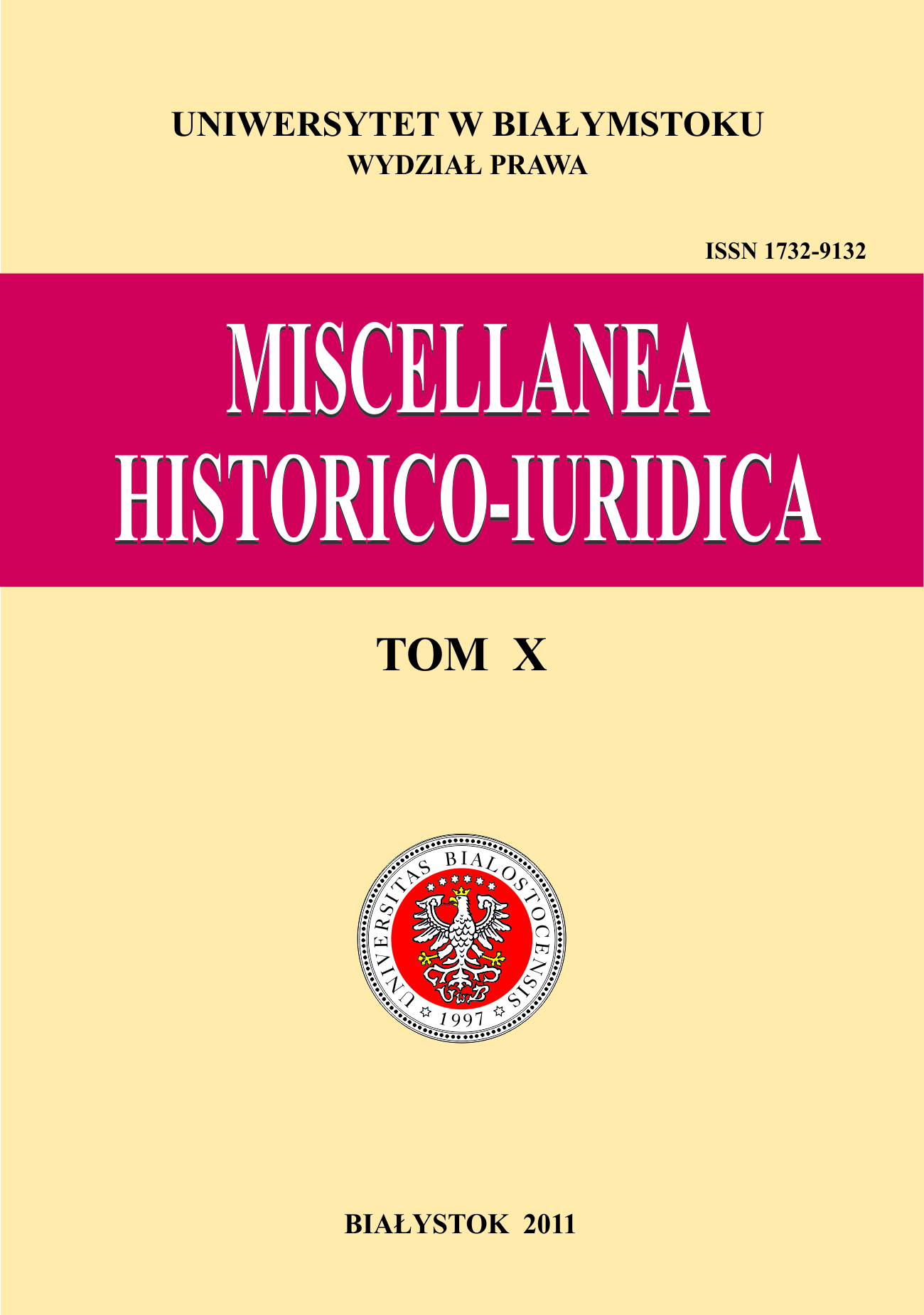Podatek od lokali w Polsce w latach 1944–1950
Keywords:
tenant’s rates taxAbstract
The communists started to build the new tax system of so called People’s Poland in 1946. The pre-war taxation acts were abolished at that time. Before this date the communist government decided to use the pre-war legislation temporarily, because it needed money coming from taxes to cover the state’s expenses. The tenant’s rate tax decree of 14th November 1935 was still in effect. It had been amended on 20 November 1944, but the change was small: the tax rate was raised and four installments (instead of two) for payments were provided for. The decree of 13 April 1945 transferred the tax assessment, collection, enforcement and revenues coming from the tenant’s rate tax to the self-government units. The earlier construction of tax was sustained and all the revenues coming from this tax were transferred to communes, where the premises were located. The decree of 20 March 1946 on local taxes and the decree on local finances of the same date finally included the tenant’s rate tax into those taxes which were the revenues of the local government units. It was supposed to be main source of revenue in the townships. The new construction of the tenant’s rate tax was strongly based on the pre-war regulations. However, it was following the new concept of taxation policy, which distinguished the status of taxpayers, according to source of their revenue and kind of ownership. The tax was used as an instrument to eliminate private business.







